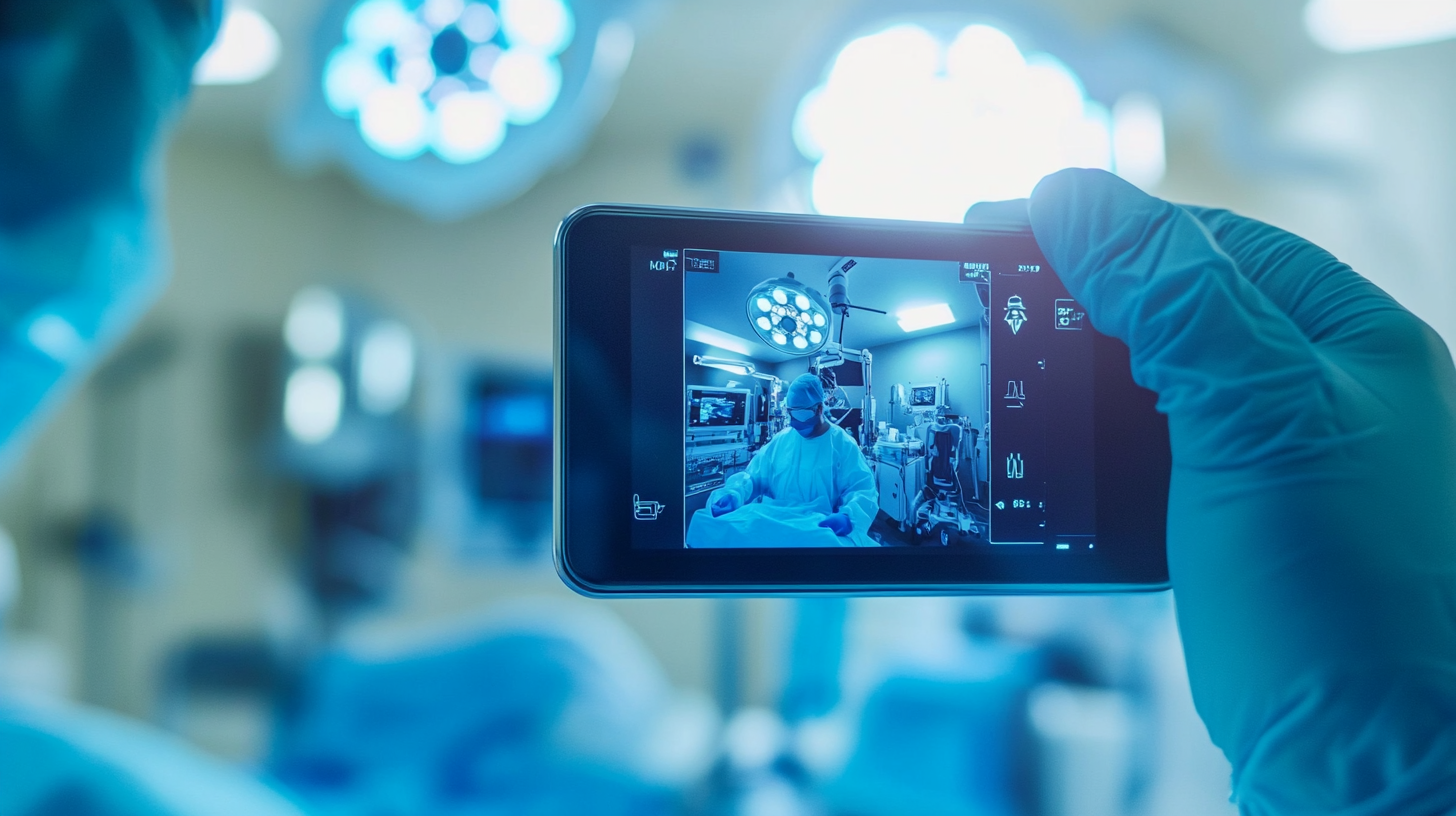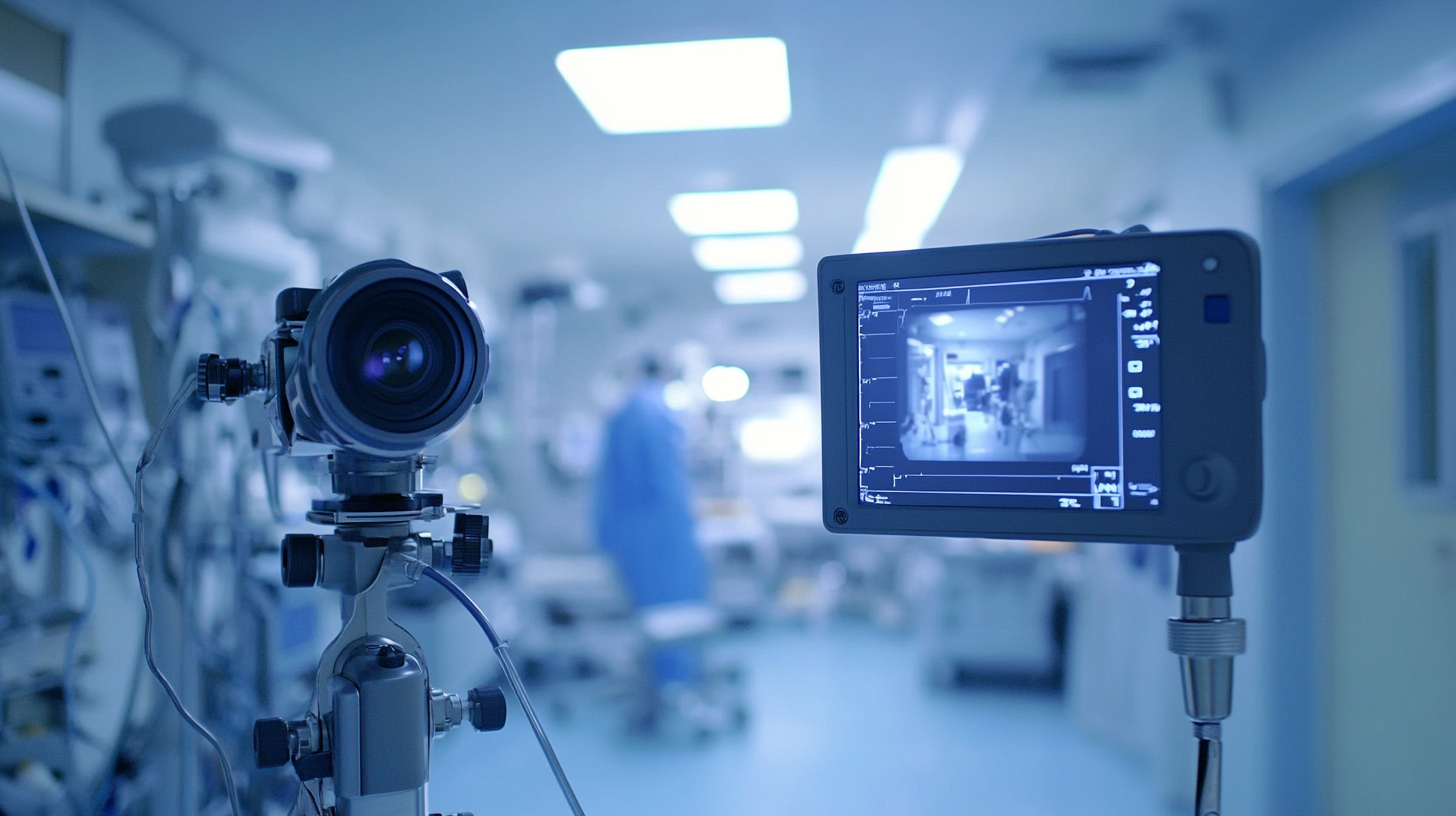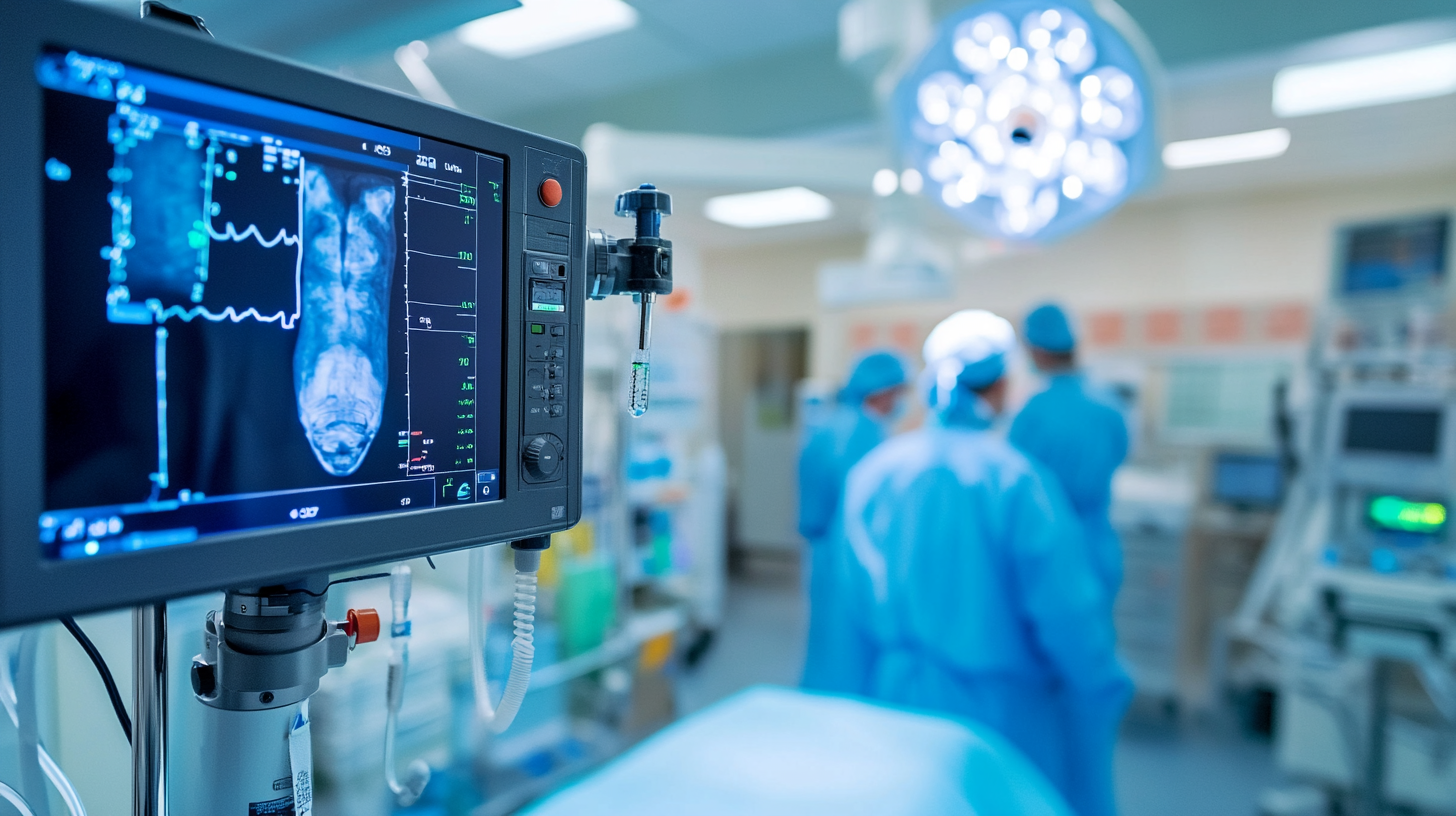7 Essential Tips for Choosing the Best Medical Endoscope Camera for Your Practice
The medical device industry is witnessing significant advancements, particularly in endoscopic technology, where the global market for medical endoscope cameras is expected to reach approximately $40 billion by 2027, according to recent market research reports. As healthcare professionals increasingly adopt minimally invasive procedures, the demand for high-quality medical endoscope cameras has surged, driving innovation in imaging technology. However, selecting the right medical endoscope camera for your practice can be challenging, given the variety of options available in terms of features, compatibility, and regulatory requirements. With the right guidance, practitioners can navigate this complex landscape and make informed decisions that enhance their clinical capabilities. In this blog, we will explore seven essential tips to help you choose the best medical endoscope camera tailored to meet your specific needs while ensuring compliance with industry standards and import/export certifications.

Key Differences Between Rigid and Flexible Medical Endoscope Cameras
When selecting a medical endoscope camera for your practice, understanding the key differences between rigid and flexible models is crucial.
 Rigid endoscope cameras are typically used for procedures that require a straight path, such as arthroscopic or laparoscopic surgeries. These cameras offer superior image quality and are typically more durable, allowing for precise visualization of anatomy. Their rigidity also enables physicians to maintain a stable field of view, making them ideal for intricate surgical procedures.
Rigid endoscope cameras are typically used for procedures that require a straight path, such as arthroscopic or laparoscopic surgeries. These cameras offer superior image quality and are typically more durable, allowing for precise visualization of anatomy. Their rigidity also enables physicians to maintain a stable field of view, making them ideal for intricate surgical procedures.
On the other hand, flexible endoscope cameras are designed for a range of applications, including gastrointestinal and respiratory examinations. Their flexibility allows for navigation through curved or confined spaces, making them invaluable for diagnostic and therapeutic procedures. While they may not match the image quality of rigid cameras, advancements in technology have significantly improved their performance. Practitioners should consider the specific needs of their procedures when choosing between rigid and flexible options, as selecting the right type can enhance patient outcomes and procedural efficiency.
Understanding the Specifications: Resolution and Frame Rate for Optimal Imaging
When selecting a medical endoscope camera, understanding the specifications of resolution and frame rate is crucial for achieving optimal imaging results. High-resolution cameras, typically boasting pixel counts of 4K or even higher, allow for the visualization of intricate details within the anatomy. For instance, a study in the medical imaging field demonstrates that cameras with 4K resolution can provide four times the detail of standard 1080p systems, which translates to more accurate diagnoses and better surgical outcomes.
Frame rate is another critical factor that should not be overlooked. A higher frame rate—measured in frames per second (fps)—ensures smoother video capture, especially during dynamic procedures. For effective monitoring and recording, a frame rate of at least 30 fps is often recommended, as anything lower may lead to motion blur that compromises the clarity of imaging during fast-moving operations. Integrating these specifications ensures that practitioners can capture sharp, clear images, thereby enhancing both patient care and procedural efficiency.
Assessing Lighting Technology: LED vs. Xenon for Endoscope Cameras
When selecting a medical endoscope camera, one of the critical factors to consider is the lighting technology utilized: LED versus Xenon. LED lights have gained popularity due to their longevity and energy efficiency. An LED light source can last for tens of thousands of hours, which means less frequent replacements and lower running costs. Additionally, LEDs emit less heat, reducing the risk of thermal injury to patients during procedures. Their compact size allows for more flexible design options in endoscope cameras, making them suitable for various medical applications.
On the other hand, Xenon lights, renowned for their bright and intense illumination, have been a staple in the medical field for years. The natural color rendering provided by Xenon bulbs can enhance visualization during procedures, making it easier for practitioners to identify tissues and abnormalities. However, Xenon lights require more energy and generate significant heat, necessitating intricate cooling systems. This contrasts with the straightforward integration of LED technology. Each lighting option has its strengths and weaknesses, and the choice between LED and Xenon lighting depends on the specific needs of a medical practice and the types of procedures being performed.
Comparison of LED and Xenon Lighting Technology for Endoscope Cameras
Factors Influencing Endoscope Camera Ergonomics and Usability in Medical Practices
When selecting the best medical endoscope camera for your practice, ergonomics and usability play a crucial role in ensuring optimal performance during procedures.
With advancements in technology such as augmented reality (AR), the integration of user-friendly designs can significantly enhance the efficiency of surgical operations.
A recent usability analysis highlighted that more than 90% of respondents felt that the absence of cumbersome cables in wireless systems would positively impact both efficiency and patient safety,
underscoring the importance of ergonomic design.
One essential tip is to prioritize cameras that offer wireless capabilities, as this reduces clutter and allows for greater mobility in the operating room. Additionally, the weight and balance of the camera should be considered; lightweight designs can alleviate fatigue during long procedures, ultimately benefiting both surgeons and patients.
Another important factor is the intuitive interface of the camera. Choose devices that are easy to operate, reducing the learning curve for staff. User-friendly cameras not only improve workflow but also enhance overall patient care. With AR technologies becoming more prevalent, integrating such innovations can further improve visual inspection and procedural outcomes in medical practices.
Cost Considerations: Balancing Price and Performance of Medical Endoscopes
When selecting a medical endoscope camera for your practice, cost considerations should be a primary focus. Investing in advanced technology can significantly enhance diagnostic capabilities and patient outcomes, but it's essential to strike the right balance between price and performance. A more affordable model may initially seem like a smart choice, but it's crucial to evaluate whether it meets the specific needs of your medical procedures. Understanding the trade-offs between cost and features, such as image quality, durability, and ease of use, will enable you to make an informed decision.
Moreover, it’s vital to consider the long-term costs associated with maintenance and upgrades. Some lower-priced endoscope cameras might require frequent repairs or may not support new imaging technologies, which could lead to higher expenses down the line. By carefully assessing the overall value of each option, including warranty and customer support, you can ensure that your investment provides reliable performance and longevity, ultimately benefiting both your practice and your patients.


